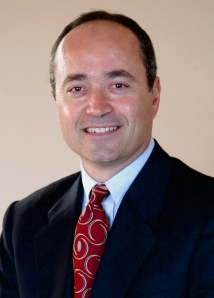
As both a PR teacher and professional journalist for many years,
I was blown away when I found the perfect new text:
Making News in the Digital Era
If elections were held today for Social Media Expert, David gets my vote. His 2009 narrative/guidebook is perfect for helping learners on all levels understand — and properly apply — Best Communication Practices in this whole new social media world of ours.
Technology is changing our lifestyles on a daily basis . . .
so many would agree that claiming “Expert” status has to be “qualified,” i.e., conditional based on the newest data.
But let’s consider “qualified” in its other sense as well.
If anyone has built the chops to thoroughly discuss the news business, journalism, public relations, and social media marketing, then David Henderson qualifies:
- Emmy Award–winning CBS News correspondent and public relations executive for dozens of years, David has been online with his blog www.DavidHenderson.com since 2003.
Some of David’s best advice:
- Let go of Old Ways and embrace Change.
- Present ideas for developing a company’s reputation with communication approaches that underscore transparency, openness, and credibility.
- Messages need to focus on audience benefits, not talking about the greatness of an organization.
- Avoid jargon and “gobbledygook” and use clear, direct, easy-to-understand language.
- Key communication practices: Listening, engaging, story-telling, and always speaking the truth.
- Today’s executives must be involved in online strategies that require inspiration, passion, purpose, and focus.
- Forego Mission Statements and carefully create a concise and appropriate Positioning Statement.
“Strategic communications in today’s fiercely competitive world mandates clever positioning, understanding audience needs and knowing how to craft timely and meaningful messages that excite people and create results” [p. 23]
My opinion: This is a book that ought to be used both in university public relations/communications courses as well as in the offices of every public relations organization and department.
Further posts from David E. Henderson’s book will feature tips, best practices, and insights on the following topics:
A) Media relations
B) CEO blogging
C) Online newsrooms and other PR 2.0 strategies
Thanks, David, we need this handbook. Lots of PR and business execs don’t know where to start, and your book will surely help them.
Related stories:
David Henderson’s post on what he learned writing the book
My next post on Media Relations
Squidoo lens Discussing Social Media books
Social Media Biz review



